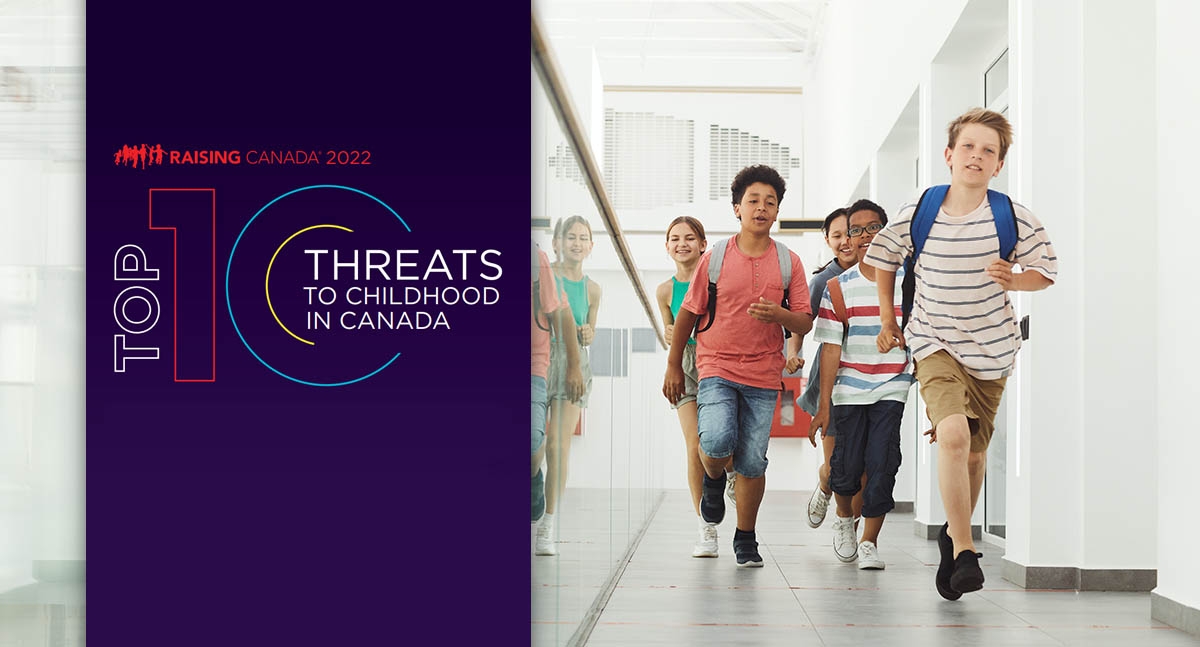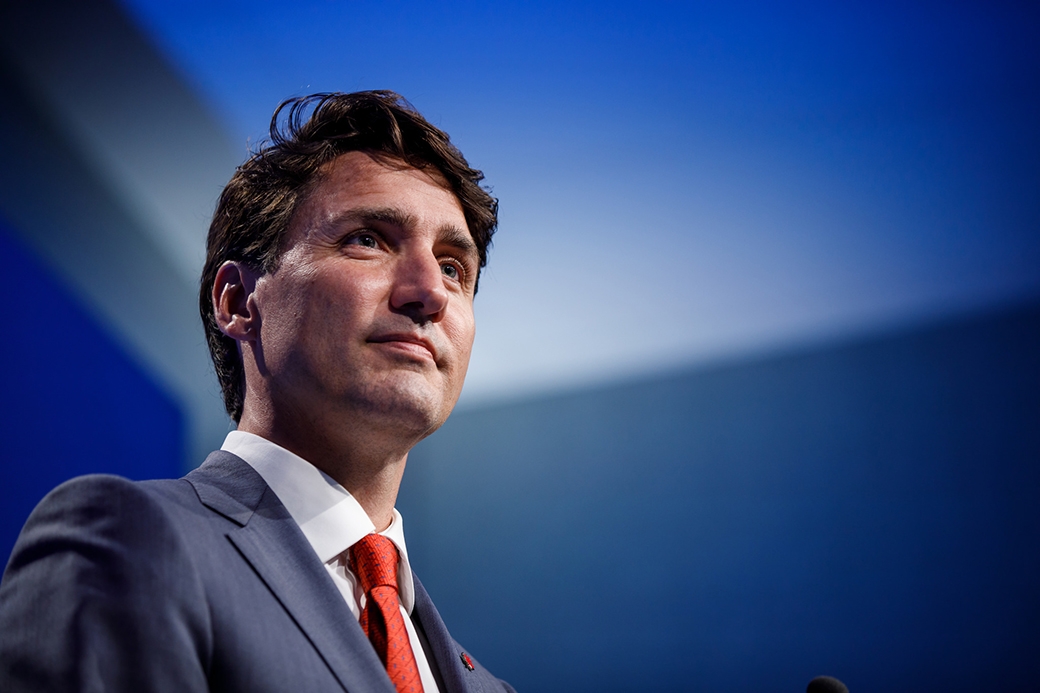
According to “Raising Canada 2022,” the government underfunds youth programs.
The fifth annual Raising Canada Report from the national charity Children First Canada paints a bleak picture of the social and health situations for children across our country.
The study, which compiles threats to Canadian children, suggests that eight million kids in Canada are at substantial risk, with certain groups being more drastically affected than others. One-third of all Canadian children are currently affected.
Canadian youth have a higher mortality rate than developed countries due to preventable injuries, including suicide and homicide, while a higher-than-average infant mortality rate is making the situation grimmer, especially in First Nations and Inuit communities. “Kids thrive in environments that are safe, structured, and nurturing, yet sadly many Canadian children do not make it to their eighteenth birthday,” said Sara Austin, CEO of Children First Canada.
Systemic racism and prejudice are among the most critical issues, with First Nations children 12.4 times more likely to be removed from their homes by social services in Canada. Transgender youth also suffer from constant discrimination; their suicide rate is 7.6 times higher than their cisgender peers.
Unintentional and preventable injuries are also a growing cause of concern, with a 28 percent increase in children making trips to the emergency department, often for avoidable injuries. Asian youth in Canada have also faced increasing hate, with anti-Asian hatred rising by 286 percent since the Covid pandemic.
School closures during the pandemic made a bad situation worse. More than half of the children in Canada deal with depression, and nearly 40 percent are dealing with anxiety. As successive Covid-19 waves are forecast for this fall, combined with the impacts of climate change and the rising cost of living, children’s mental and physical health may be further compromised.
Suicide is the second leading cause of death for youth aged 15-24 and one-third for those aged 10-14. Most disturbing is the statistic that one in four Canadian children experienced sexual assault or harassment by grade 7, and one out of three will experience abuse by age 15. Unfortunately, this number is even higher in First Nations communities, where 40 percent of children are abused. On top of mistreatment at home, Canadian youth must worry about bullying. One in three Canadian kids is regularly bullied; there has not been a steady reduction in reported statistical cases in 12 years.
Sixteen-year-old youth advisor Jayden Paquet summed up her feeling about the current state of youth in Canada by saying, “Every child deserves to be seen and heard.” Paquet says that children aren’t viewed with the same importance as adults and, as a result, are not consulted when government goes looking for solutions to youth issues. Paquet thinks the solution involves kids having a spot at the table.
In Raising Canada 2022, Children First advocates for action on the perils facing kids today. The group argues that the Canadian government’s underfunding of youth programs has led to the current crisis. The group proposes the creation of an independent federal commissioner for children and youth dedicated to protecting their rights. They are also calling for spending on youth at a national level to create transparency, along with a budget.
Children First is also calling on more substantial involvement from all levels of government to better the lives of Canadian kids. Austin firmly believes these actions will pay off, saying, “Investing in kids now is not just the right thing to do, it’s also a down payment on our future that will bear enormous social and economic dividends for years to come.”
About Children First Canada
Children First Canada (CFC) is a national charitable organization that serves as a strong, effective, and independent voice for all children in Canada. CFC harnesses the strength of many organizations and individuals committed to improving children’s lives in Canada, including children’s charities and hospitals, research centres, government, corporations, community leaders, and Canadian children.
For more information, visit childrenfirstcanada.org
Photo: Norma Mortenson, Pexels













